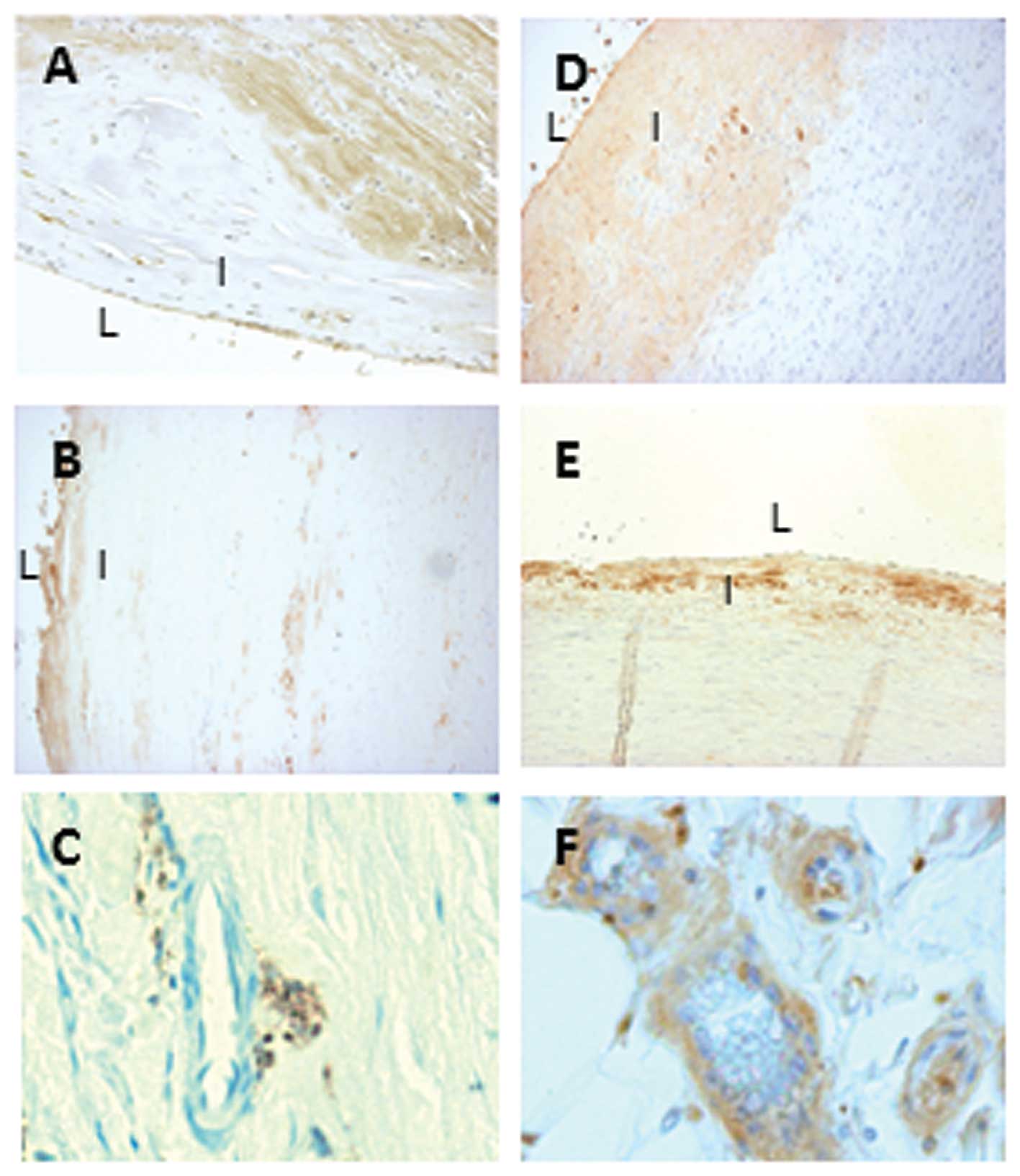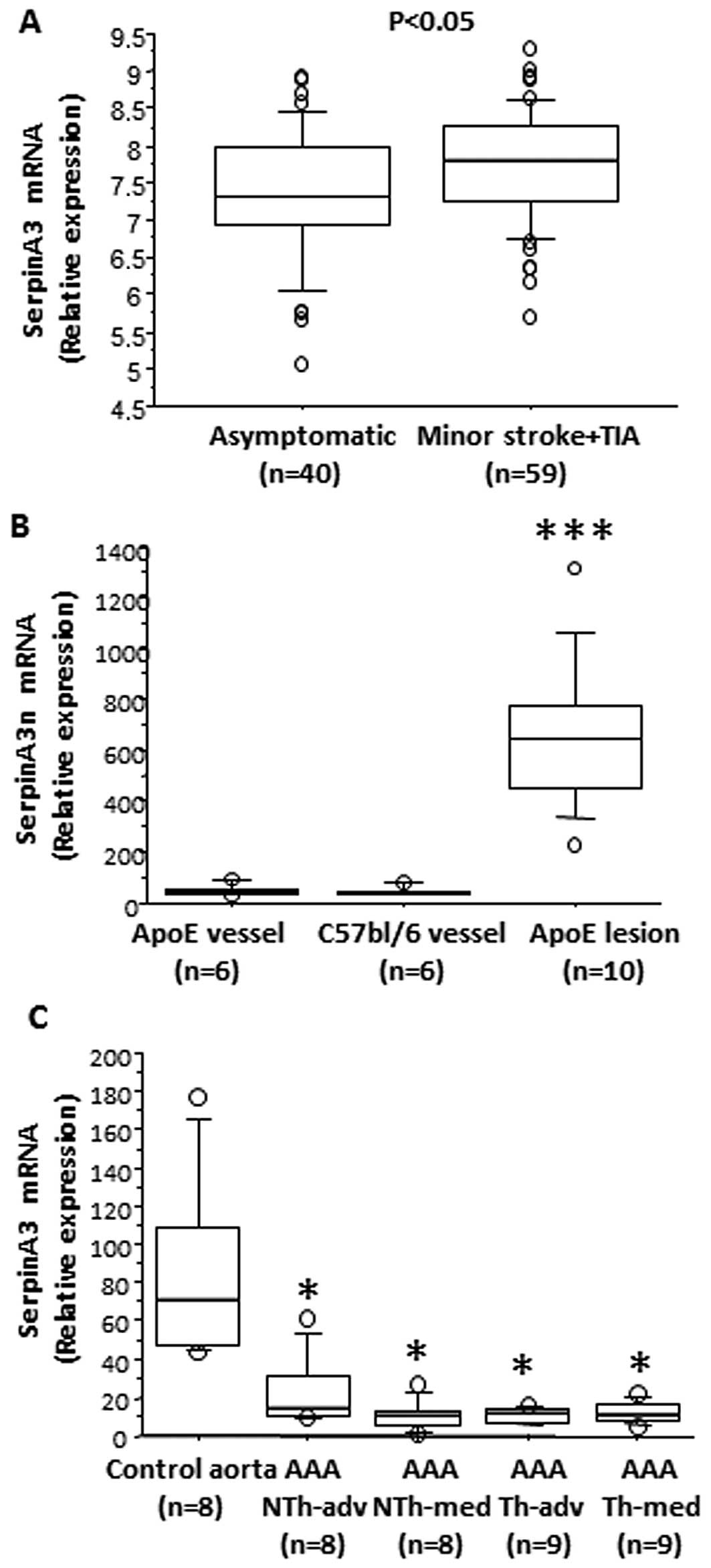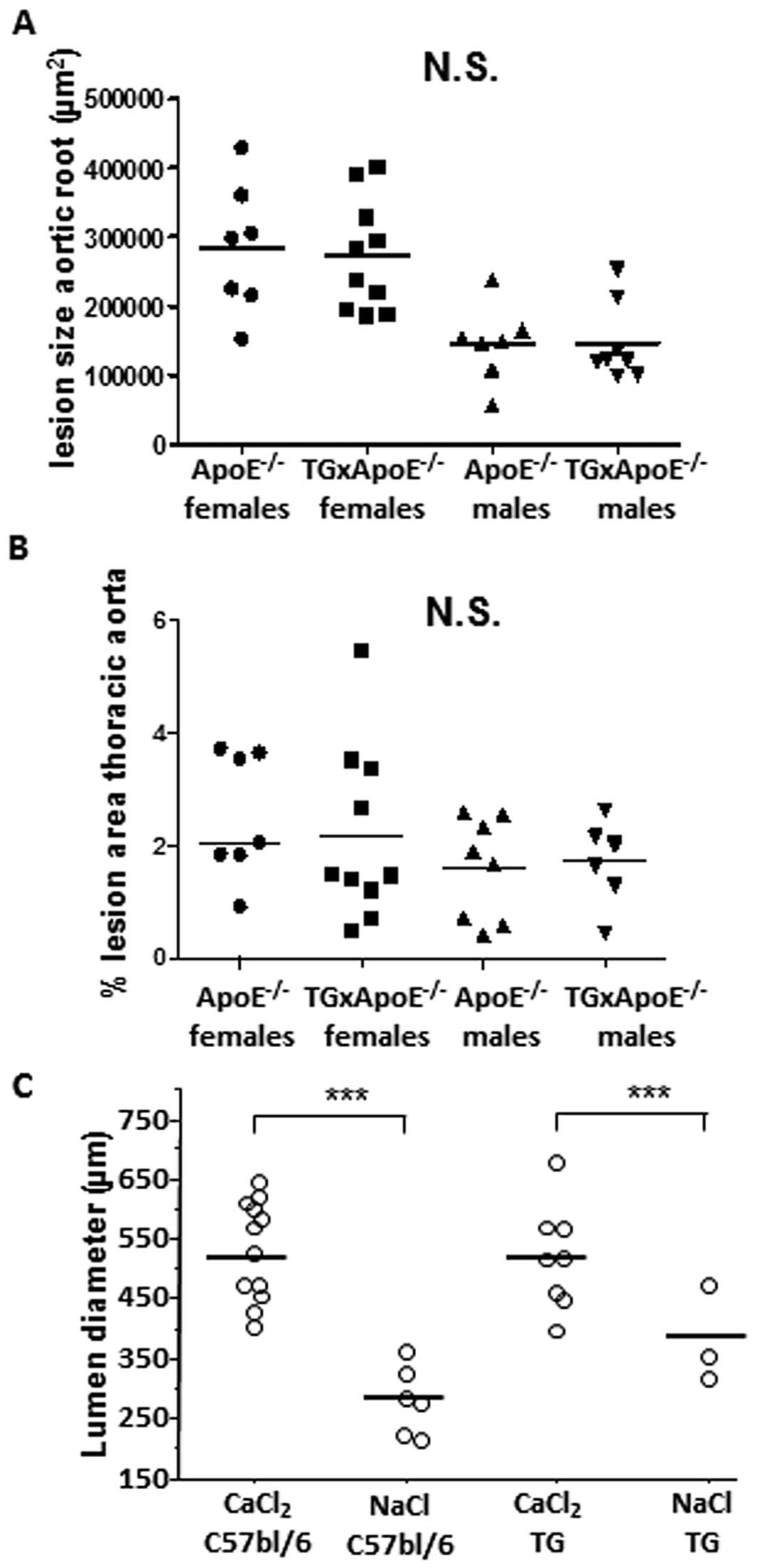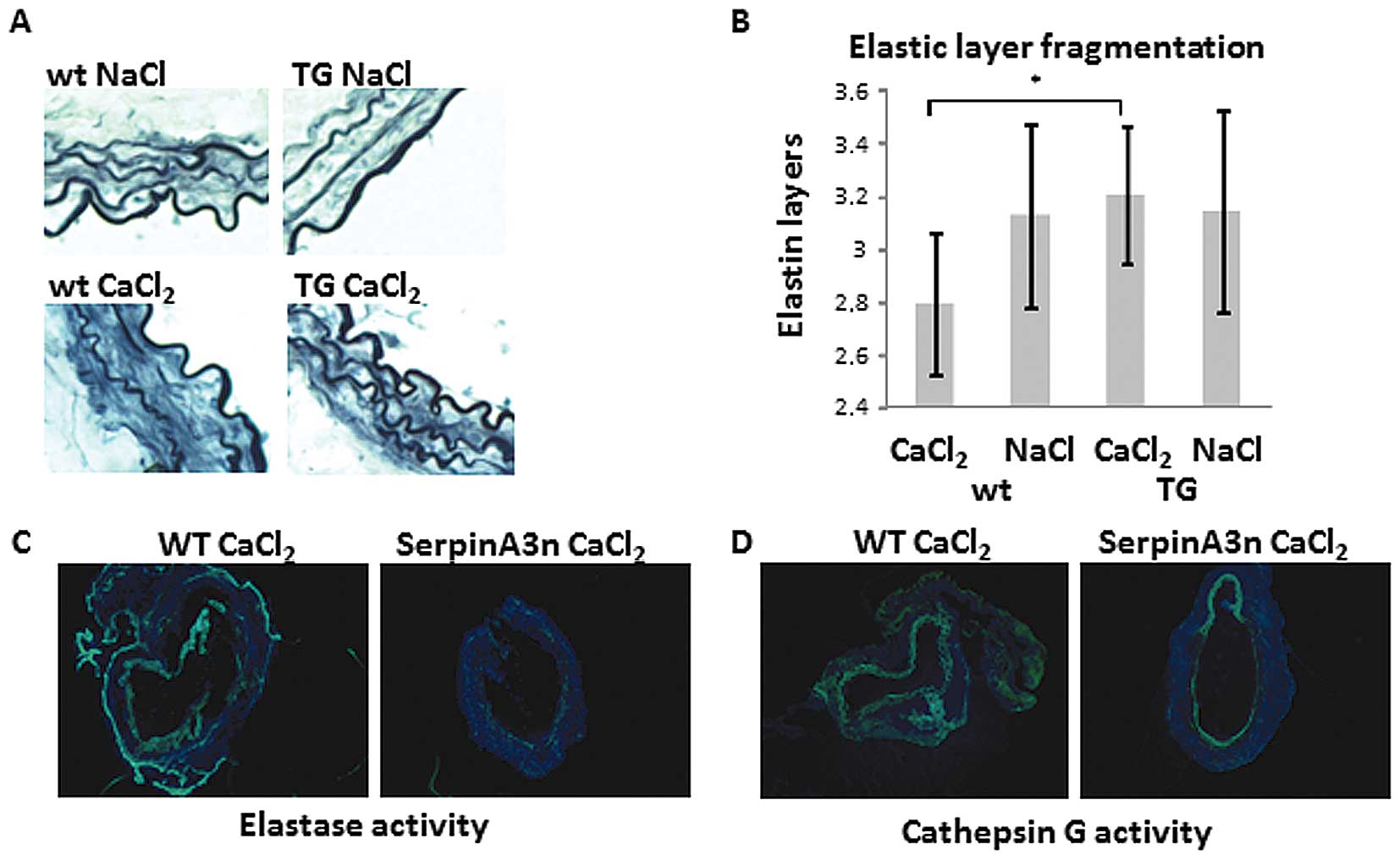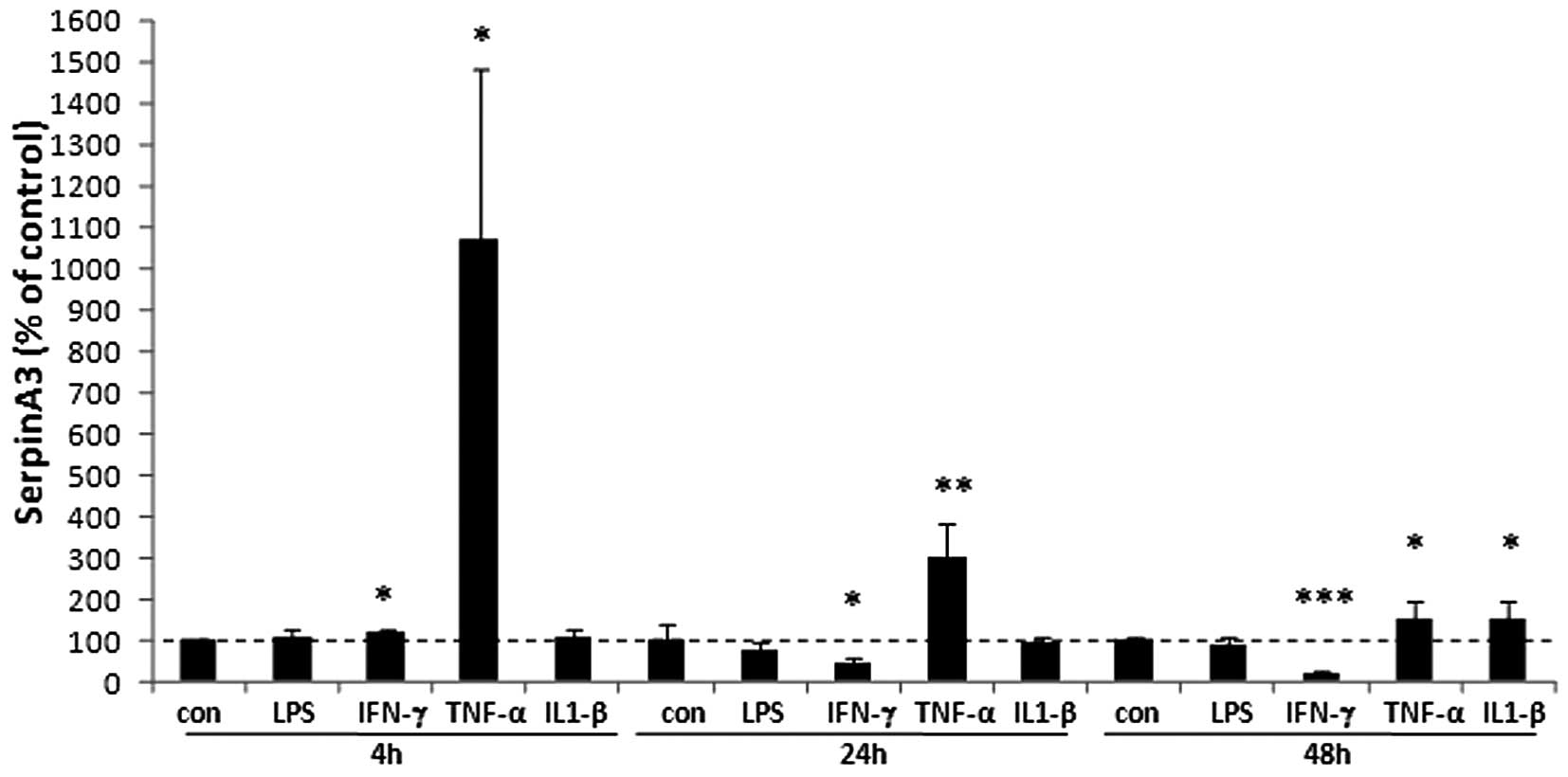Spandidos Publications style
Wågsäter D, Johansson D, Fontaine V, Vorkapic E, Bäcklund A, Razuvaev A, Mäyränpää
MI, Hjerpe C, Caidahl K, Hamsten A, Hamsten A, et al: Serine protease inhibitor A3 in atherosclerosis and aneurysm disease. Int J Mol Med 30: 288-294, 2012.
APA
Wågsäter, D., Johansson, D., Fontaine, V., Vorkapic, E., Bäcklund, A., Razuvaev, A. ... Eriksson, P. (2012). Serine protease inhibitor A3 in atherosclerosis and aneurysm disease. International Journal of Molecular Medicine, 30, 288-294. https://doi.org/10.3892/ijmm.2012.994
MLA
Wågsäter, D., Johansson, D., Fontaine, V., Vorkapic, E., Bäcklund, A., Razuvaev, A., Mäyränpää
, M. I., Hjerpe, C., Caidahl, K., Hamsten, A., Franco-Cereceda, A., Wilbertz, J., Swedenborg, J., Zhou, X., Eriksson, P."Serine protease inhibitor A3 in atherosclerosis and aneurysm disease". International Journal of Molecular Medicine 30.2 (2012): 288-294.
Chicago
Wågsäter, D., Johansson, D., Fontaine, V., Vorkapic, E., Bäcklund, A., Razuvaev, A., Mäyränpää
, M. I., Hjerpe, C., Caidahl, K., Hamsten, A., Franco-Cereceda, A., Wilbertz, J., Swedenborg, J., Zhou, X., Eriksson, P."Serine protease inhibitor A3 in atherosclerosis and aneurysm disease". International Journal of Molecular Medicine 30, no. 2 (2012): 288-294. https://doi.org/10.3892/ijmm.2012.994















